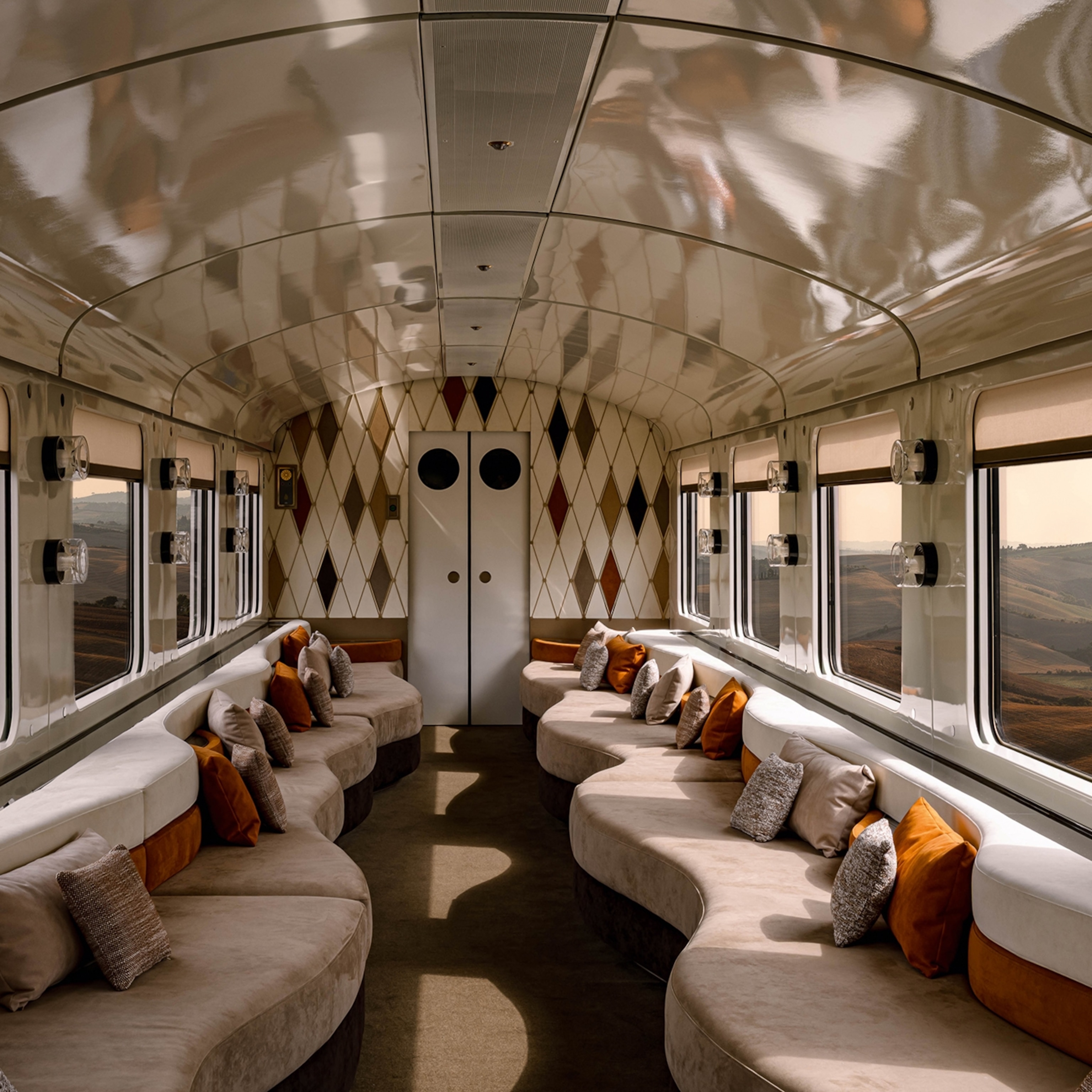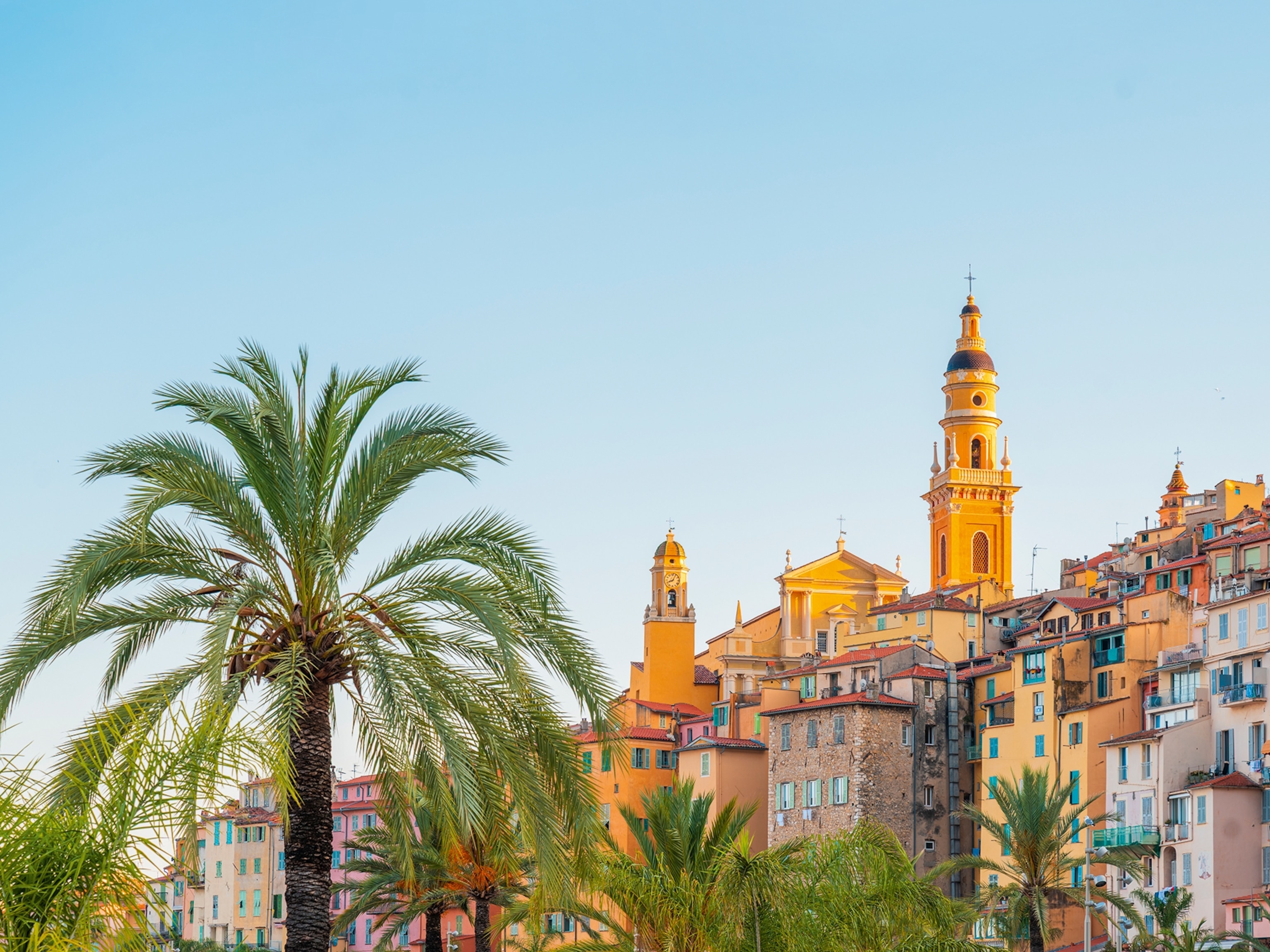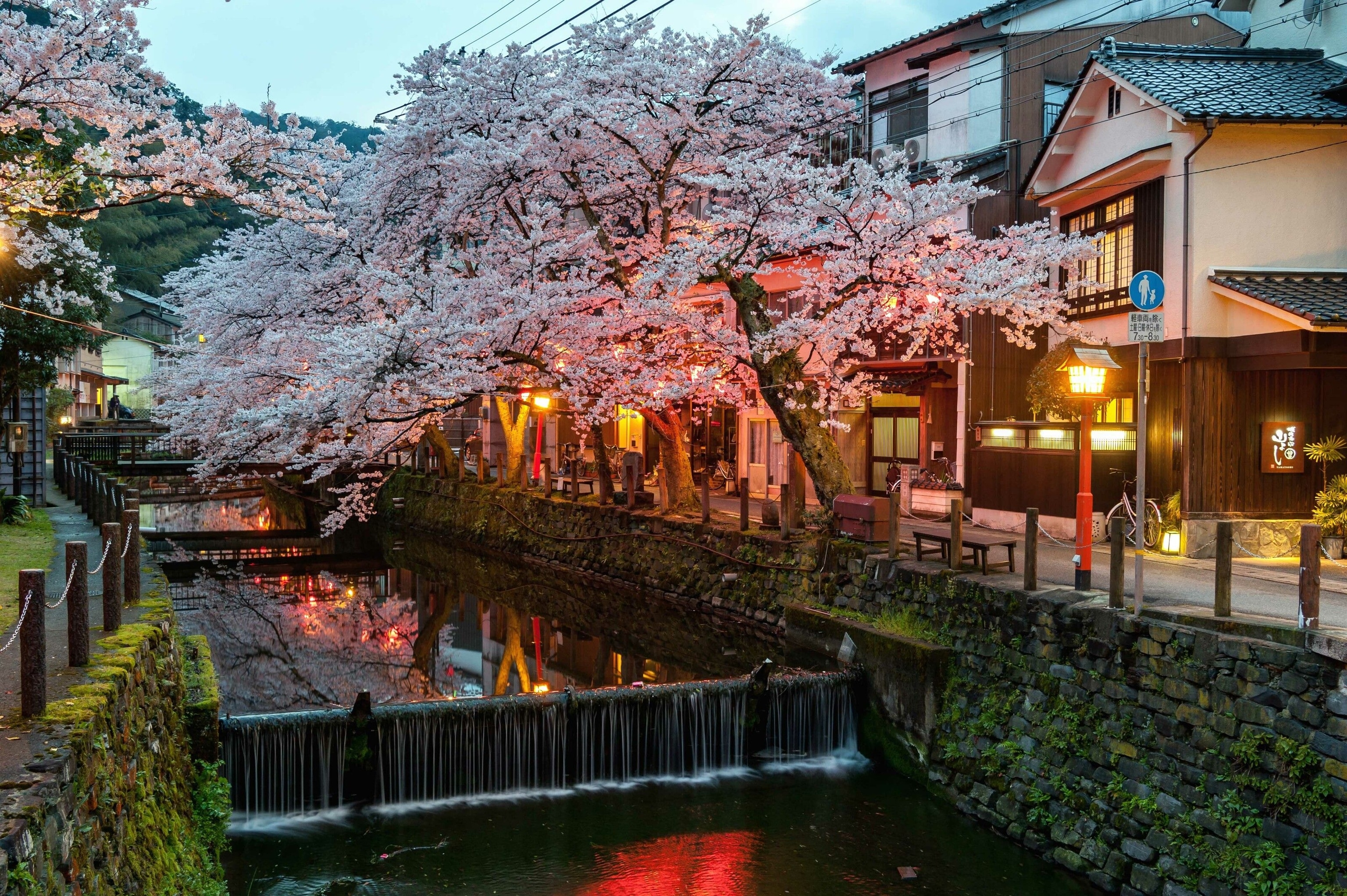
How to explore Japan by train
From the bright lights and sizzling street food of Osaka to the breathtaking landscapes of Miyazu Bay, discover a new side to Japan by riding the rails in Kansai.
While many visitors to Japan beeline to the history and hubbub of Kyoto and Tokyo, surprisingly fewer travellers make their way to the region of Kansai: a hinterland of bubbling hot springs, snow-capped hills and stirring coastlines. It’s a region that’s readily accessible by train — criss-crossed by an intricate and efficient matrix of railways — yet it enjoys a remote feel, far from the country’s tourism hotspots. There’s no better way to discover the region than by hopping on a train to watch this beautiful corner of Japan unfurl.
For the first timer, Japan’s railway system can seem complex, so getting to grips with the different kinds of trains is a good starting point. King of them all is the Shinkansen — colloquially known as the ‘bullet train’ — with sleek services travelling dedicated high-speed lines at 200 miles per hour. Different lines have different names. Between the megacities of Tokyo, Kyoto and Osaka it’s the original route, the Tokaido Shinkansen. West of Osaka, you’re travelling on the Sanyo Shinkansen, which runs more or less in a straight line along the southern coast of Chugoku region, dropping by spirited cities like Okayama and Hiroshima. The flagship service is the Nozomi — the fastest train in the west, which runs from Tokyo on the Tokaido line and then continues onto the Sanyo Shinkansen towards the island of Kyushu.
Riding the Shinkansen is an essential experience when travelling in Japan — it’s both an efficient method of transport and a cultural symbol of the country’s post-war renaissance. You’ll choose between standard seating and ‘green’ cars (essentially first class) and while there’s no dining car on board, you’re often able to buy delicious bento boxes from a roving trolley. Once onboard, you will be welcomed by smartly attired conductors, spotless stations (where you’ll hear a symphony of jingles) and on-board chairs that all face the direction of travel.
Aside from Shinkansen, you’ll come across many other types of Japanese trains — in descending order of speed there are tokkyu (often referred to as ‘limited express’ as they make fewer stops), kaisoku (rapid trains) and futsuu (slow, local trains). Indeed, there’s almost no corner of the country that isn’t served by rail. It’s easy to purchase specific tickets in advance online, or directly from stations shortly before travel. However, anyone planning to travel extensively in Japan should invest in a JR rail pass. With a number of different types on offer, these passes can make train travel easier and more affordable than buying individual tickets.

Two train itineraries
Osaka to Kinosaki and Amanohashidate
Start your rail odyssey in Osaka — the salt-of-the-earth city that’s both an economic powerhouse and a titan of Japanese gastronomy. Be sure to sample okonomiyaki — the city’s signature savoury pancakes — before storming the battlements of the historic castle and exploring the neon-lit thoroughfares of the Dotombori district. Then, travel by rail from one coast of Kansai to another, arriving in the town of Kinosaki. The archetypal Japanese spa town, this resort has seven public onsen (hot spring baths) dotted amid its willow-shaded streets. The standout pick is Gosho no Yu, where tranquil thermal pools are housed in a striking timber structure. Spend a few hours soaking before heading out to one of the town's many cosy restaurants to feast on local crab plucked from the Sea of Japan in winter. End your rail journey in Kansai at Amanohashidate: the so-called ‘bridge to heaven’ — not actually a bridge, but a long, pine-forested spit, protruding out into the Sea of Japan. It’s been a point of pilgrimage for domestic tourists ever since a 17th-century scholar proclaimed it one of the ‘three scenic views of Japan’ and when the sun sets in the western seas, it can indeed be heavenly. Alternatively, you can take in the views from an Amanohashidate sightseeing boat as you cross Miyazu Bay.
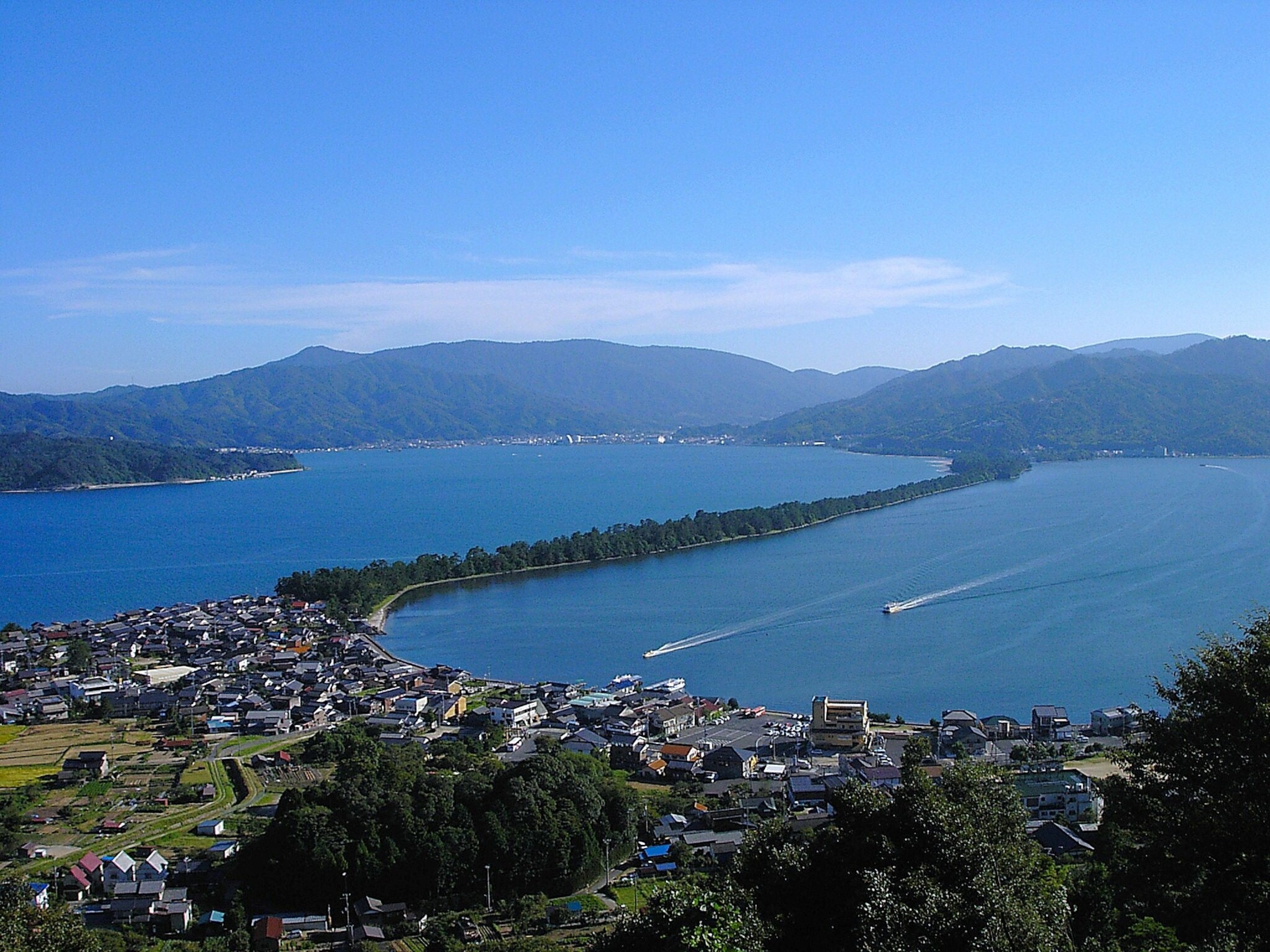
Kinosaki and Amanohashidate to Kyoto
This route starts amid the charming streets of Kinosaki, continuing on to the sublime promontory of Amanohashidate. Here, instead of veering due south to Osaka, make connections westward through pastoral landscapes to Kyoto — stopping a little way short of the ancient Japanese capital, at Saga-Arashiyama station. At this point, you can change from the regular JR West train to the Sagano Romantic Train, a tourist service with antique rolling stock that meanders through the Hozukyo ravine at roughly the speed of a bicycle. Expect cherry blossoms in spring and the fiery reds of maples in autumn as you chug through the forests to arrive at the edge of Kyoto, Japan’s most historic and hallowed city. Most visitors spend their days here perusing the temples and idling in teahouses, but real rail aficionados should make tracks to the Kyoto Railway Museum, where exhibits include everything from the vintage steam engines of the Meiji era to the pioneering Shinkansen trains of the 1960s.
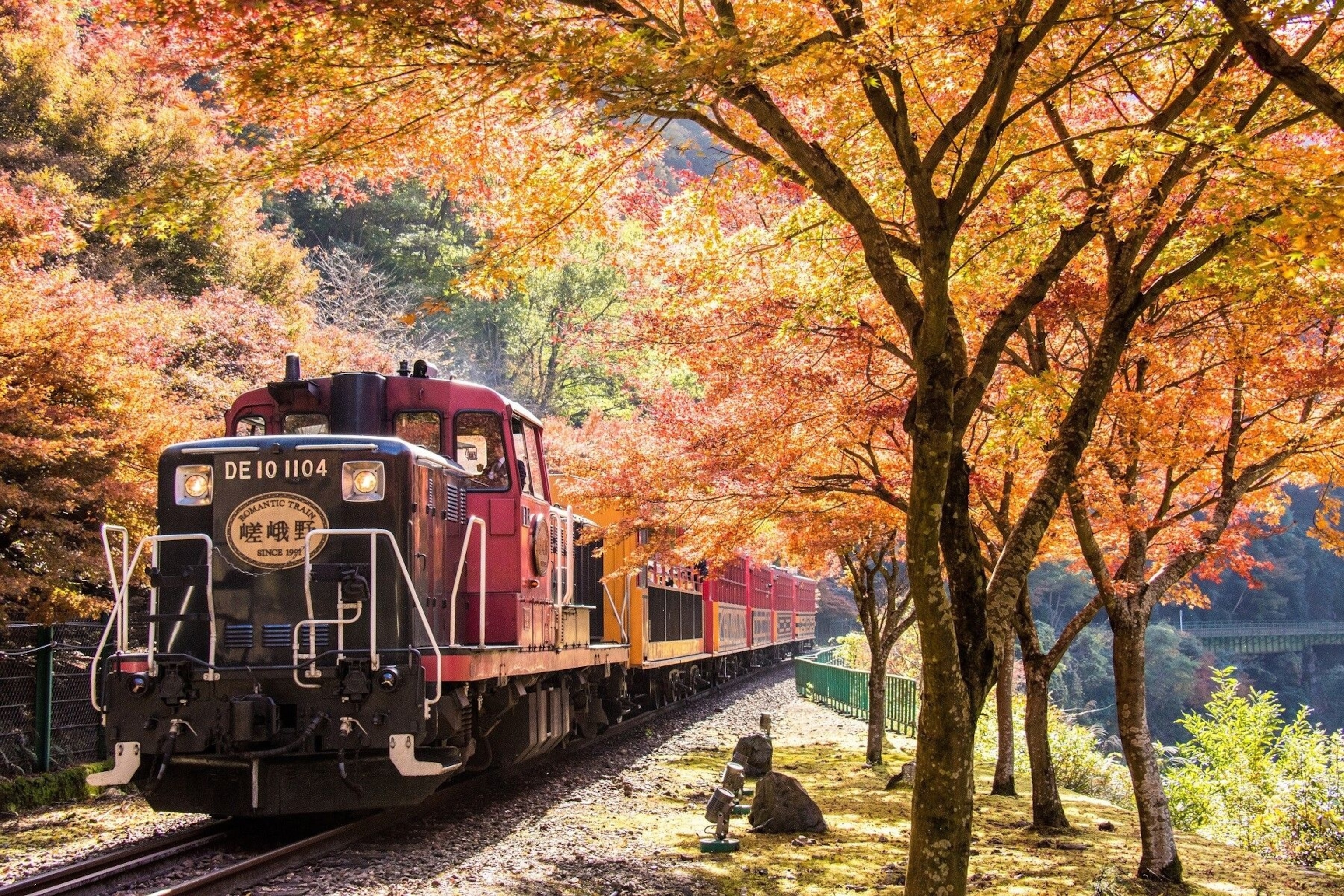
Plan your trip
British Airways, Japan Airlines and All Nippon all offer flights from London Heathrow to Tokyo Haneda Airport. From here, catch the Tokaido Shinkansen westbound from Tokyo station — it takes roughly two hours 20 minutes to Kyoto and two-and-a-half hours to Osaka on the flagship Nozomi service. JR West’s Kansai WIDE Area Pass covers the entire Kansai region — including the places noted in the itineraries above (five days from £65). In addition, the Kinosaki Must Visit Pass offers access to the area's key attractions and museums, from the Kinosaki Onsen Ropeway to the Museum of Art (pass around £15).
For more information, visit westjr.co.jp
Follow National Geographic Traveller (UK) on social media
